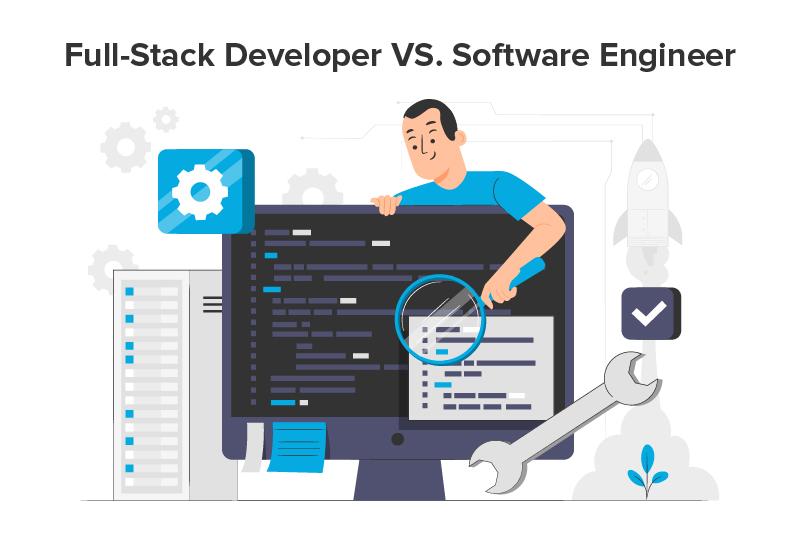Building Success with a Dedicated Development Team for Your Organization Demands
Wiki Article
Dedicated Developers vs. In-House Teams: Which Is Right for You?
The choice between utilizing devoted developers and preserving an in-house team is a substantial one that can impact the trajectory of your tasks and total business method. Conversely, internal groups contribute to a cohesive firm culture and a nuanced understanding of long-term objectives.Understanding Committed Designers
The expanding demand for specialized abilities in the tech sector has brought about the introduction of dedicated developers as a sensible service for numerous organizations. These professionals are commonly contracted on a task basis, allowing business to utilize certain knowledge without the lasting commitment connected with permanent hires. Dedicated designers are often embedded within a customer's group, offering versatility and scalability to fulfill project demands.This version allows organizations to access a worldwide ability pool, which is especially helpful in a swiftly evolving technological landscape. Devoted programmers can be sourced from various geographical locations, making sure that business can find the best ability at affordable prices. They often bring a wealth of experience and understanding, having worked with varied jobs throughout various markets.
In addition, committed developers can focus exclusively on the tasks at hand, enhancing productivity and efficiency. They are equipped to incorporate effortlessly right into existing operations, teaming up very closely with internal teams to achieve project objectives. This approach not just lowers the worry of employment and training yet additionally permits companies to stay nimble, adapting quickly to transforming market needs and technological developments.
Advantages of In-House Teams

Moreover, in-house groups tend to have a deeper understanding of the business's goal, values, and goals. This placement can enhance worker involvement and motivation, as employee really feel more linked to their job and the company's success. Additionally, having a specialized internal group permits better positioning of goals and methods, as these participants are consistently concentrated on the business's top priorities.
Internal teams also promote quicker decision-making procedures, as they can respond a lot more swiftly to challenges and modifications. The well established partnerships and knowledge with firm methods enable structured workflows and reduced miscommunication. Ultimately, the combination of a cohesive culture, placement with business objectives, and reliable interaction makes internal teams an important possession for lots of organizations, especially those wanting to cultivate long-term development and technology.
Price Factors To Consider
When examining price factors to consider, both internal groups and devoted designers present distinctive economic ramifications for organizations. Involving specialized designers usually involves a pay-per-project or hourly price design, which can be cost-effective for organizations with rising and fall job demands. This strategy enables flexibility in scaling sources up or down, making sure that companies only pay for the solutions they need.In comparison, internal teams require repaired costs, consisting of salaries, benefits, and overhead expenditures such as workplace space and tools. While this model supplies better control and immediate availability of sources, it may bring about higher lasting expenses, specifically if the workload does not validate a permanent staff.
Furthermore, firms should think about the surprise costs related to employment and training of internal employees, which can additionally stress spending plans. Sometimes, the time and sources invested on taking care of an in-house team can detract from the company's core organization purposes.

Task Monitoring and Versatility
Task administration and adaptability are vital variables that influence the selection in between in-house teams and committed designers. Dedicated teams often have developed procedures software development staff augmentation for managing jobs effectively, leveraging particular techniques like Agile or Scrum, which facilitate iterative development and flexibility.
Eventually, the option between in-house groups and devoted developers pivots on the wanted level of flexibility and the details job administration requirements. Firms need to evaluate their functional dynamics, task intricacy, and resource schedule to establish which alternative lines up best with their critical goals.
Making the Right Selection
Picking the right advancement technique-- internal groups or dedicated developers-- needs a cautious analysis of numerous variables that align with a company's tactical goals. On the other hand, internal groups can give far better connection and integration with existing personnel.Next, assess your budget plan. Devoted designers usually offer an affordable service for short-term projects, while in-house teams may sustain greater lasting expenditures as a result of incomes, advantages, and expenses expenses. Evaluate the level of control and collaboration desired; in-house groups typically cultivate more powerful interaction and positioning with business culture.
If immediate outcomes are necessary, committed developers can be onboarded swiftly, whereas building an internal team takes time for employment and training. If continual advancement is essential, investing in an internal team may produce better returns over time.
Verdict
Finally, the choice in between committed developers and in-house teams hinges on task requirements and organizational goals. Dedicated developers provide versatility and specific proficiency, making them suitable for short-term efforts. On the other hand, internal teams cultivate a cohesive culture and deeper alignment with long-lasting goals. Careful assessment of budget plan restrictions, project timelines, and desired control levels is important for identifying the most suitable method, guaranteeing alignment with tactical priorities and functional performance.The choice between utilizing committed designers and maintaining an internal group is a considerable one that can affect the trajectory of your tasks and general business approach.Job management and adaptability are important elements that affect the option between in-house teams and specialized developers. nearshore software development.In contrast, internal teams may excel in preserving a consistent job management framework due to their knowledge with the organization's society and long-term goals. Dedicated programmers frequently offer an affordable remedy for short-term jobs, while internal teams may sustain higher long-term costs due to wages, advantages, and overhead costs.In final thought, the choice between specialized programmers and in-house teams pivots on task requirements and organizational goals
Report this wiki page